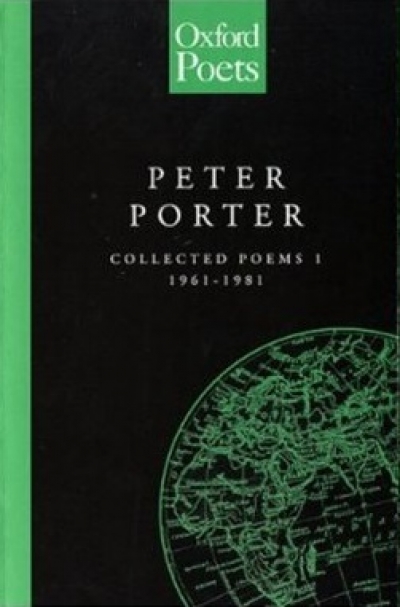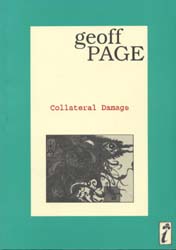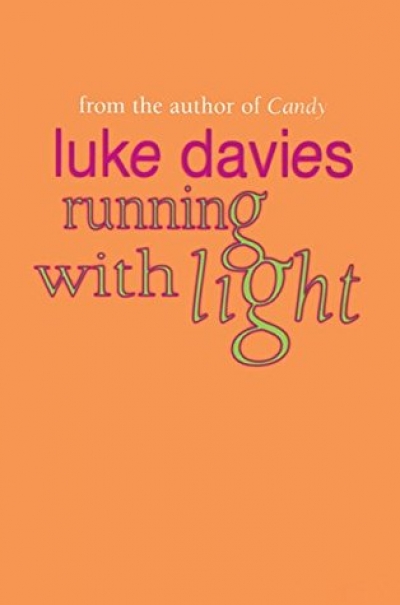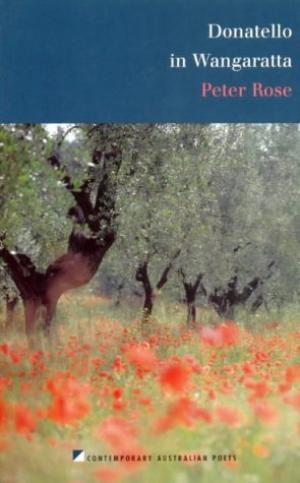Poetry
Judith Rodriguez deserves a guernsey for this book. It’s one of the best collections to appear in a long while. I think it’s more interesting than its companions in the UQP Selected/Collected series which is now three-all with Shapcott, Taylor and Rodriguez standing as our Living Treasures, and Dransfield, Buckmaster and Rankin among those freed from earthly care. Two chaps and one lady in each category, one observes. There must be logic in it? Poets don’t actually have to die before they get notices. But in the case of Buckmaster and Rankin it will push the reputation up a few notches. I know that’s callous, but you want the truth, don’t you?
... (read more)Since the publication in 1995 of her first collection, Michelangelo’s Prisoners, Jennifer Harrison has continued to impress readers and to broaden her repertoire. Her fourth collection in as many years, the intimately entitled Dear B, consolidates her reputation and demonstrates sufficient difference and intensity to satisfy admirers of this sensitive, likeable poet.
... (read more)Collected Poems I 1961-1981 by Peter Porter & Collected Poems II 1984-1999 by Peter Porter
Peter Porter first came to prominence nearly forty years ago as an ironic, tough, rather dandyish poet who wore his Australian expatriatism with a flair and who kept his poetic distance on a London which enthralled and appalled him. He came out with striking lines like ‘I am only the image I can force upon the town’ – all glitter and brittleness – but he was also the kind of poet who could produce the sort of set pieces which seemed to sum up the world of a London which was swinging almost as if it was on a gibbet: ‘All the boys are howling to take the girls to bed’ is the promising opening of ‘John Marston Advises Anger’ which evokes with, yes, sub-Jacobean panache, a time and a place intimately known but still half strange and riddled with the glamour of the stage set, the rhetoric of the nothingness of where it’s at.
... (read more)Infinite City by Alex Skovron & Aerial Photography by Joanne Burns
Despite the differences in style, careful logic seems to me to be the prevalent characteristic of both these accomplished poetry collections. Hard-won logic, too. In each, we are made aware often of the processes of achieving intellectual and emotional assessment and balance. As the titles indicate, poem after poem vividly accumulates details to settle on a succinct but more distanced and distancing overview.
... (read more)As with the dozen or so collections of Geoff Page’s poetry that have preceded it over almost thirty years, Collateral Damage can be opened at random with the certainty that something impressive will be there. One of the most striking characteristics of his published work is its consistent high quality.
... (read more)Melbourne Elegies by K.F. Pearson & Body-Flame by Michael Heald
The problem with K.F. Pearson’s Melbourne Elegies is that Goethe – on whose classic of sextourism, Roman Elegies 1788–1790, these rhetorical, literary poems are loosely based – is Goethe: difficult to translate, still little read in English. It gives him problems. Pearson, to my mind, is not attempting a Poundian ‘replacement’ of an ancient text within the framework of a contemporary poetics. That would require a reckoning with the original poem’s logistics and context similar to the way that Pound’s Propertius speaks electrifyingly in the context of an Empire much later than the Roman one he wrote for; or in the manner that Christopher Logue has recently converted excerpts of Homer into a form of late 20th century literary cinema. Such replacement requires that the contemporary poem convince us that the original work’s ‘loss’ – a ‘loss’ produced equally by its inaccessible aesthetic no less than by our contemporary lack of language-skill and culture – should matter to us.
... (read more)Just when you have been assured, and have believed, and have claimed in print in The Sydney Morning Herald that mainstream publishers no longer bring forth volumes of verse by individual poets, along comes Allen & Unwin to confound you. Well, it is good thus to be confounded. I might not have pointed out, but the publishers remind us, over Luke Davies’ name and over his title, running with light, that this book is ‘from the author of Candy’ (also published by Allen & Unwin). So, we have a case of prose piggybacks poetry, which is all right by me. Those who read Candy, that antipodean version of Romeo and Juliet on smack, for prurient reasons may, however, find running with light not their cup of tea or drug of choice. Those, on the other hand, who responded to Mr Davies’ absolute control over and cool towards his fevered material, will warm to this collection of poems. Candy was, assuredly, a poet’s novel.
... (read more)Chris Wallace-Crabbe’s ability to reveal the marvellous in the seemingly mundane layers of the quotidian is a striking aspect of this new book. There are compassionate, fluid meditations on many aspects of urban life, ageing, and a quirky cast of characters from the poet’s life and wide reading.
... (read more)State of mind: it’s a simple phrase but it is one which has always interested me. ‘State of mind’ is about what? Sets of feelings? Predispositions and moods? Or perhaps more it’s a term to do with the groove which thoughts regularly follow along. A state of mind is one which makes you respond in a particular way: you tend to act in a particular way; you have recurrent feelings.
The phrase interests me because it defines a feeling so intimate – so normal and everyday. Indeed, it is so intimate that it becomes difficult to say what a state of mind is. What are its boundaries? Where does it stop? Is this mind-set just mine or is it something to do with events out there, the latest news about the economy, the extravagant telephone bill which has just arrived, the relaxed feeling of walking along a beach, a recent argument, an enjoyable dinner party? For however influential and pervasive states of mind are, they are also fluctuating, amorphous things.
... (read more)









